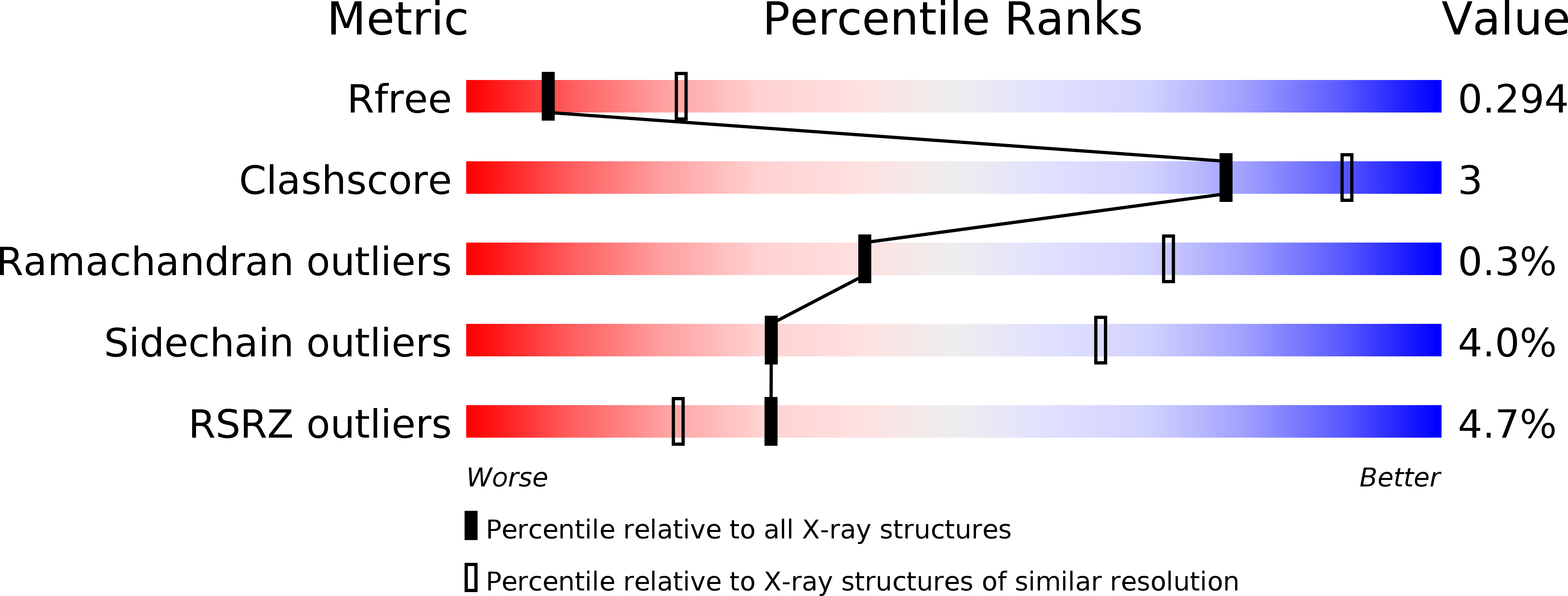
Deposition Date
2010-10-05
Release Date
2011-06-29
Last Version Date
2024-05-08
Entry Detail
PDB ID:
2XTB
Keywords:
Title:
Crystal Structure of Trypanosoma brucei rhodesiense Adenosine Kinase Complexed with Activator
Biological Source:
Source Organism:
TRYPANOSOMA BRUCEI RHODESIENSE (Taxon ID: 31286)
Host Organism:
Method Details:
Experimental Method:
Resolution:
2.80 Å
R-Value Free:
0.29
R-Value Work:
0.23
R-Value Observed:
0.23
Space Group:
P 41 21 2


